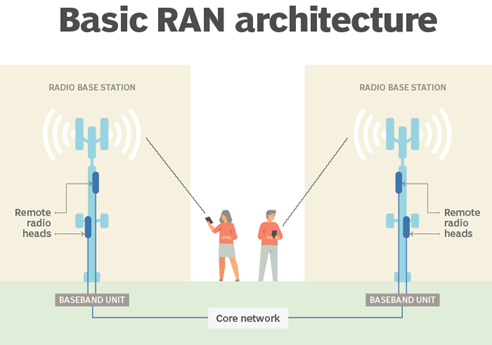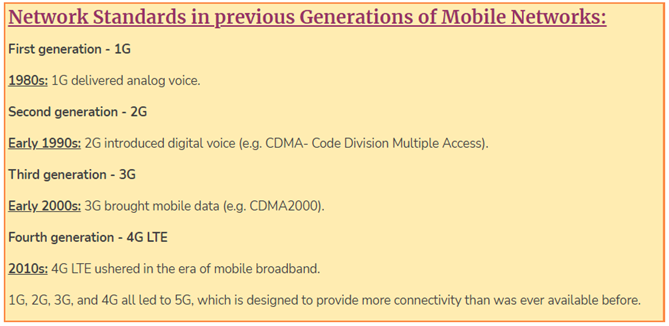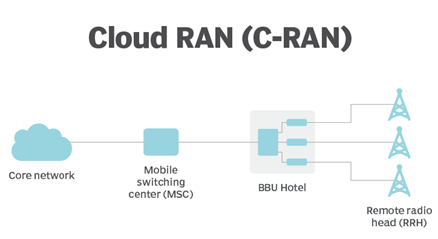Free Courses Sale ends Soon, Get It Now


Free Courses Sale ends Soon, Get It Now



Disclaimer: Copyright infringement not intended.
Context
What is radio access network?
Components of RAN
A RAN is made up of three essential elements:
The term radio access network (RAN) has been in use since the beginning of cellular technology and has evolved through the generations of mobile communications (from 1G up to 5G today).

How does a RAN work?
|
Network Slicing · 5G network slicing is the use of network virtualization to divide single network connections into multiple distinct virtual connections that provide different amounts of resources to different types of traffic. MIMO (5G) · MIMO or ‘multiple-input, multiple-output’ is a wireless technology/ radio antenna technology that, when deployed, uses multiple antennas at both the source (transmitter) and the destination (receiver). · This allows for more data to be sent and received at the same time, unlike in conventional wireless communications where only a single antenna is used. · MIMO utilises a natural radio-wave phenomenon known as ‘multipath’ or ‘multipath wave propagation’.
|
What is RAN in 5G?


Types of Radio access network types
RAN trends include the following:

Key Takeaways
https://www.pib.gov.in/PressReleasePage.aspx?PRID=1836787
© 2024 iasgyan. All right reserved